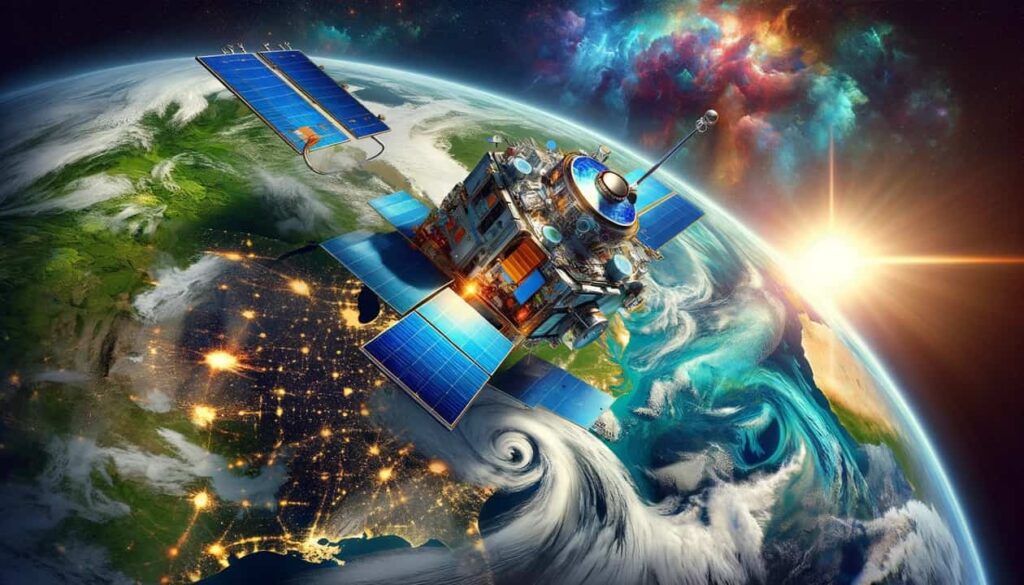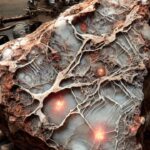“Discover NASA’s PACE mission: a revolutionary approach to observing Earth’s oceans and atmosphere. Enhancing weather forecasts and environmental understanding through advanced satellite technology. Explore the future of Earth observation with groundbreaking insights and global collaboration.”
Introduction to PACE: A New Era in Earth Observation
NASA’s latest satellite mission, known as PACE (Plankton, Aerosol, Cloud, Ocean Ecosystem), marks a significant advancement in our understanding of the Earth’s oceans and atmosphere. Positioned 420 miles above the Earth, this mission is set to offer unparalleled insights over a minimum of three years. Equipped with cutting-edge technology, PACE will perform daily global scans using two of its three scientific instruments, while the third instrument will gather monthly data. Jeremy Werdell, a project scientist, highlighted the unique perspective PACE will provide, saying, “It’s going to be an unprecedented view of our home planet.”

PACE’s Impact on Weather Forecasting and Environmental Studies
The data collected by PACE will play a crucial role in enhancing the accuracy of severe weather forecasts, including hurricanes. It will also provide vital information on the Earth’s environmental changes due to temperature increases and predict the occurrence of harmful algae blooms more effectively. This mission adds to NASA’s existing fleet of over two dozen Earth-observing satellites and instruments, offering deeper insights into the interactions between atmospheric aerosols—such as pollutants and volcanic ash—and marine life, including algae and plankton.
Advanced Capabilities of PACE
PACE stands out as the most advanced mission dedicated to studying ocean biology. Unlike current Earth-observing satellites that can detect seven or eight colors, PACE boasts the ability to see in 200 colors. This remarkable feature will enable scientists to distinguish between different types of algae in the ocean and identify various particles in the air. Karen St. Germain, NASA’s director of Earth science, emphasized PACE’s unique contribution to our understanding of the Earth, stating that it “will give us another dimension to what other satellites observe.”
Collaborations and Future Prospects
In addition to the PACE mission, NASA is collaborating with India on another cutting-edge Earth-observing satellite, Nisar, set to launch this year. Nisar aims to use radar technology to assess the impact of rising temperatures on glaciers and other icy surfaces undergoing melting processes. This collaboration underscores the global effort to monitor and understand the effects of climate change.
Overcoming Challenges: The Journey of PACE
The journey to launch the PACE mission was not without its challenges, including attempts by the Trump administration to cancel the project. Reflecting on the mission’s journey, Werdell remarked, “It has been a long, strange trip as they say,” emphasizing the perseverance and dedication of the team behind PACE.
Conclusion: A New Dimension in Earth Observation
NASA’s PACE mission represents a significant leap forward in the study of the Earth’s ecosystems, promising to enhance our understanding of the planet’s oceans, atmosphere, and environmental changes. By providing data in unprecedented detail, PACE will not only improve weather forecasts and environmental monitoring but also contribute to our global efforts in addressing the challenges posed by climate change. As this mission unfolds, the world awaits the valuable insights it will bring to our understanding of our home planet.










